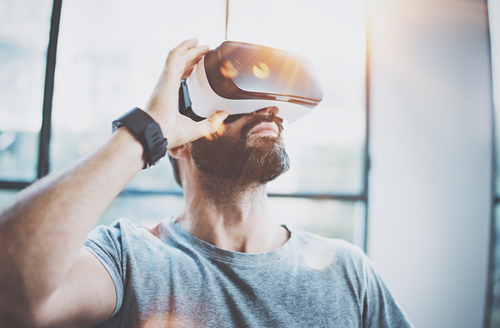
Virtual reality (VR) has revolutionized gaming, education, and social interaction. However, some users have reported experiencing cybersickness, a form of motion sickness induced by exposure to immersive VR and augmented reality applications. Cybersickness can manifest in several ways, including nausea, disorientation, eye strain, and fatigue. As VR continues to gain popularity, it is crucial to address the issue of cybersickness to ensure a positive user experience.
A recent study conducted by researchers at the University of Waterloo investigated the factors underlying individual differences in cybersickness susceptibility. The study, which was published in Virtual Reality, focused on how individuals’ senses adjust while playing high-intensity VR games, and how these adjustments relate to cybersickness severity.
The study assessed 31 participants who played two VR games, one high-intensity and one low-intensity. The researchers measured the reweighting of vestibular and body signals both before and after participants were exposed to various VR experiences. They also measured the severity of cybersickness to evaluate the relationship between these factors.
The results showed that the subjective visual vertical shifted considerably after playing high-intensity VR games, suggesting that the intensity of the game affects the way our senses adjust to the conflict between reality and virtual reality. “This knowledge could be invaluable for developers and designers of VR experiences, enabling them to create more comfortable and enjoyable environments for users,” study author Michael Barnett-Cowan, PhD, said.
Interestingly, the study found that individuals who experienced less cybersickness had a larger shift in their subjective visual vertical after VR exposure, particularly during high-intensity games. In contrast, those who experienced more severe cybersickness did not perceive any significant change in the orientation of vertical lines.
The study’s co-author and postdoctoral fellow at the Toronto Rehabilitation Institute William Chung suggested, “By understanding the relationship between sensory reweighting and cybersickness susceptibility, we can potentially develop personalized cybersickness mitigation strategies and VR experiences that take into account individual differences in sensory processing and hopefully lower the occurrence of cybersickness.”







 © 2025 Mashup Media, LLC, a Formedics Property. All Rights Reserved.
© 2025 Mashup Media, LLC, a Formedics Property. All Rights Reserved.